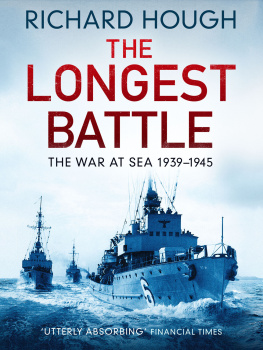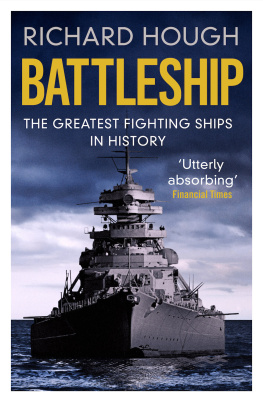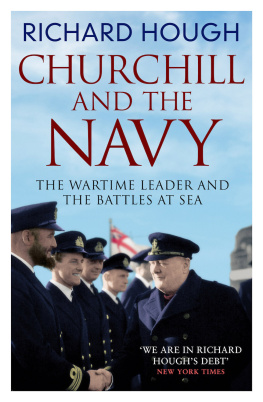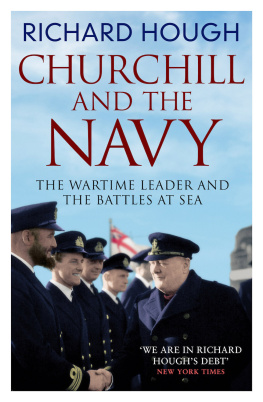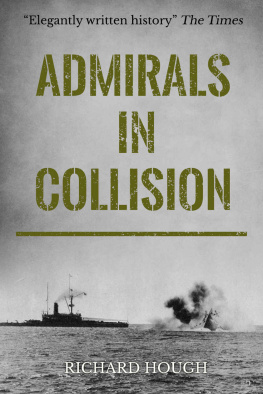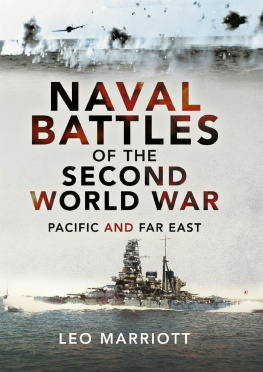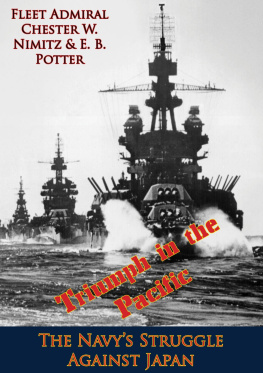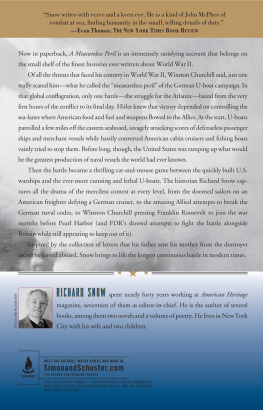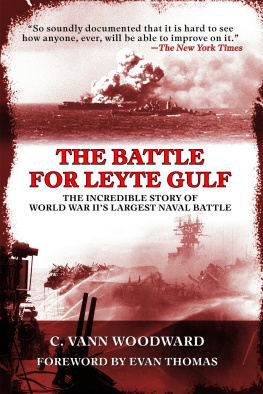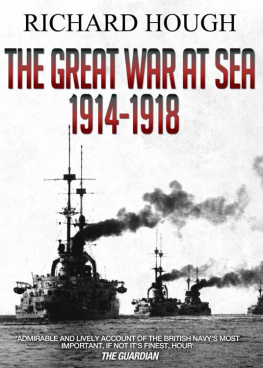The Longest Battle
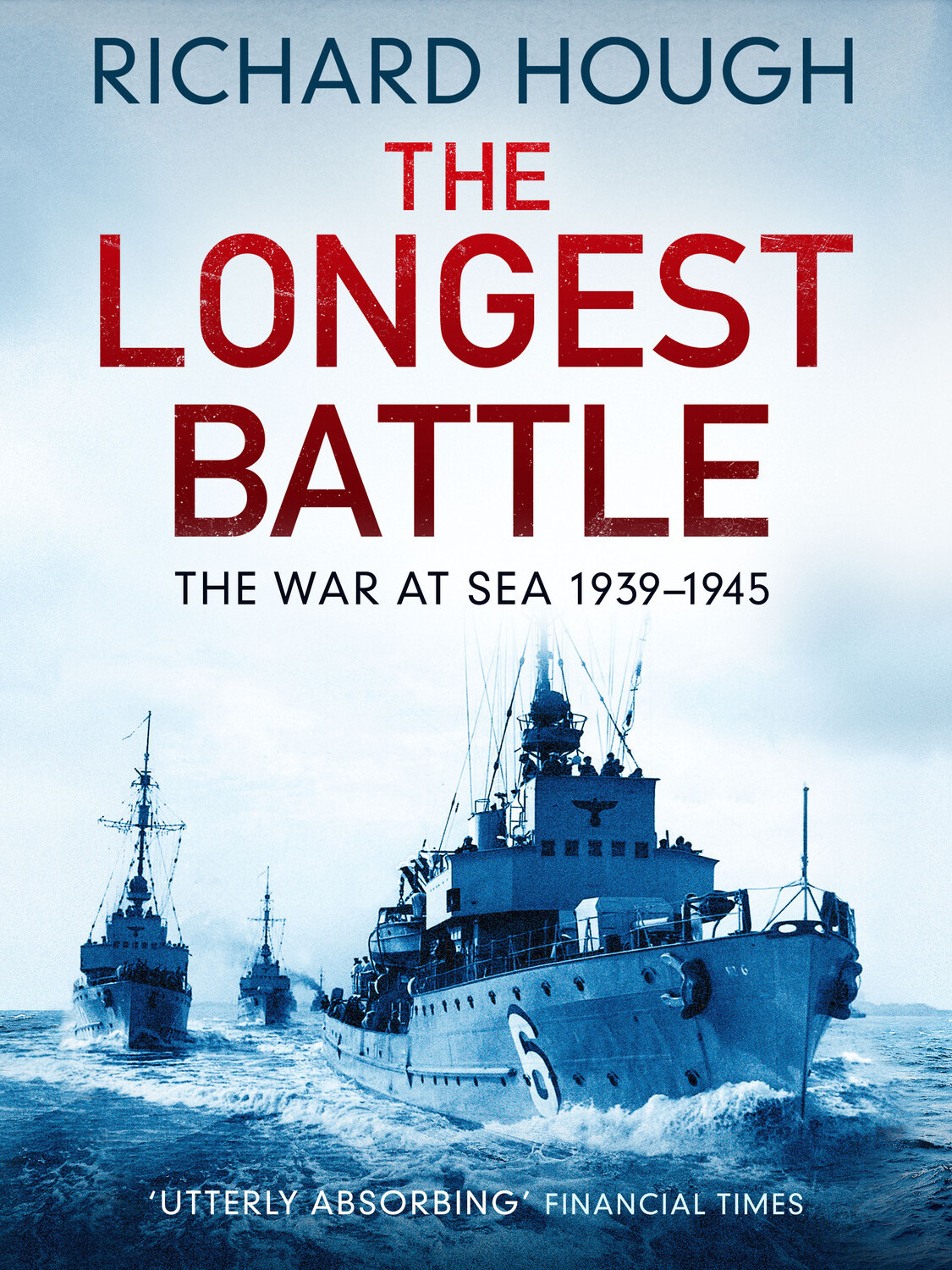
Foreword
War at sea has no intermissions, none of the periods of recovery between advances or retreats that land warfare enjoys, no breaks safely behind the lines between air combat operations. There are many times in a soldiers or airmans war as taxing and terrifying as anything known to a sailor at sea in wartime. But it is an accepted condition of a sailors duty that there is never a moment at sea that is free from danger. The risk of attack is always there, ever more so in the twentieth century when a submarines torpedo can strike at any time in any part of any ocean (or even at anchor), or an aircrafts bomb can fall equally without warning from the sky.
Added to all these man-devised hazards, there is the cruel sea itself; viewed, let us say, from the reeling deck of a corvette in mid-Atlantic, mid-winter, and a force 10 gale, eight days out of Halifax and the barometer falling.
The Second World War demanded more of its sailors than any other in history in endurance and the unremitting need to face danger, with increasingly lethal weapons and an ever-increasing need for vigilance by night and day.
For Britains Royal Navy the Second World War began on 3 September 1939, and in European waters it ceased on 8 May 1945. There was no phoney war for the sailors of Britain and her allies and dominions. Later, the fall of Norway and Denmark, Holland, Belgium and France, and the emergence of Italy and Japan as new enemies, all added to the burdens and dangers of keeping the sea lanes open for trade and the transport of supplies and armies.
For the US Navy and Marines in the Pacific, hostilities began in December 1941 with even greater violence than in European waters, and spanned the Atlantic and Mediterranean, too. The hazards were as great and sustained as in every other theatre. Actions included the celebrated and awesome carrier battles and gigantic fleet actions in which the gun was still the arbiter, as well as innumerable landings, from the Solomons to Iwo Jima, before final victory in September 1945.
The Second World War was indeed the longest and greatest battle of all time, extending to every ocean and sea, and with more ships sunk and more lives lost than in any earlier conflict.
The purpose of this book is to present this non-stop battle from a sailors view and in terms of personal experience. The war at sea was a sailors war, whether admiral or stoker, airman or submariner. The longest battle was his battle, and when viewed through periscope, binoculars, gunsight or bombsight, or the unaided human eye, the picture has a special clarity, veracity and colour.
Without control of the oceans, and the air above them, there could have been no defeat of Japan, no material support for Russia, no invasion of Italy, no D-Day landings. When the longest battle at sea was over the world was delivered from tyranny, the gas chamber and racial extermination.
Richard Hough, March 1986
Chapter One
business in great waters
On 3 September 1939 the Royal Navys battle fleet was at Scapa Flow in the Orkney Islands, while the German U-boats and commerce raiders were already at sea. The Royal Navys first task was to transport the army across the Channel to fight with the French against the common enemy, and to ensure that the vital sea lanes to and from Britain were kept open. To this end convoys were at once instituted. Loyal support was already forthcoming from the Dominions and colonies. It was the ardent hope of every sailor that the United States would soon become an ally, too. That would soon fix the Hun!
It might have been the September of an earlier German war, and many older officers and ratings remarked on the already ominous similarity between the two wars. It was as if time had stood still, remarked one captain who had been a young sub-lieutenant in 1916. A lot of the ships were even the same, too. Ruddy uncanny, I can tell you.
Yes, there was the battleship Royal Oak, and her sister ship the Revenge anchored not far away, both of which had fought at the Battle of Jutland; and V and W class lean, twin-funnel destroyers that had done sterling service on convoy duties in that earlier war. And, of course, the same drab Scapa Flow, the end beyond the end of Scotland; the same broad sheet of slate-grey water surrounded by the naked, undulating land of Hoy, Flotta, South Ronaldsay. It was even said that the anchorages defences were inadequate, as they had proved to be before.
The RNs task had not changed, either. It was the same as in 1914, and in the Napoleonic and Dutch and Spanish wars of the distant past. It was to sustain the principles of sea power, even if, in this twentieth century, air power and the submarine had added new dimensions: to control that area of sea you need to use for any particular operation and to retain it for as long as that operation lasts, be it the breadth of the Atlantic or the waters about a Pacific atoll.
The chief naval difference between 1939 and 1914 was in the relative sea power of Germany. In 1914 Germany possessed a mighty, efficient, well-trained navy, the second most powerful in the world, and a force that threatened the domination of the seas that Britain had enjoyed unchallenged since the defeat of the combined Spanish-French fleet at Trafalgar 109 years earlier. By 1919 the German Navy had been reduced to a token force, with severe restrictions imposed by the Versailles Treaty on what warships she could build.
On assuming power in 1933 Hitler began brushing aside all these treaty humiliations and set about building a modern fleet. The programme had not been completed by the time he invaded Poland, and France and Britain had declared war, but the new Kriegsmarine was, on paper, a highly efficient, superbly equipped and modern navy by contrast with the Royal Navys ageing fleet.
The British Navy, too, had a large programme of modernisation and building, but possessed only one new aircraft carrier, and of the battle fleets fifteen battleships and battle-cruisers all but two had been laid down before or during the First World War. However, its overall strength was almost exactly equal to that of the United States Navy at the time of Pearl Harbor, and far superior to Germanys.
Besides the up-to-date quality of Germanys warships (and her armoured ships had always been so tough as to be virtually unsinkable by gunfire), Germany had two other great counter-advantages. The first was material: in guns and shells, and above all in mines, the German product was superior to the British. The second, and more important, was in thinking. German faith in air power, as Winston Churchill never failed to point out in the late 1930s, was much greater than in Britain, where a small peacetime air force had been only partly modernised and expanded by 1939. The RAFs control of the navys air arm until 1937 led to its being given low priority. The morale and skill of the air crew was high, but their machines were antiquated and much inferior to those of the Japanese and American naval air arms.
By 1939 the German high command, largely persuaded by Field Marshal Hermann Goering, First World War air ace and now head of the Luftwaffe, believed that success at sea as well as on land depended on control of the sky. There were plenty of people in the Royal Navy who shared that belief but Admiralty policy, always conservative in peacetime, remained more concerned with ritual orders for the conduct of the battle fleet, as if the warplane had never been invented, than in the security of the battle fleet from bombing or torpedo-carrying aircraft.

